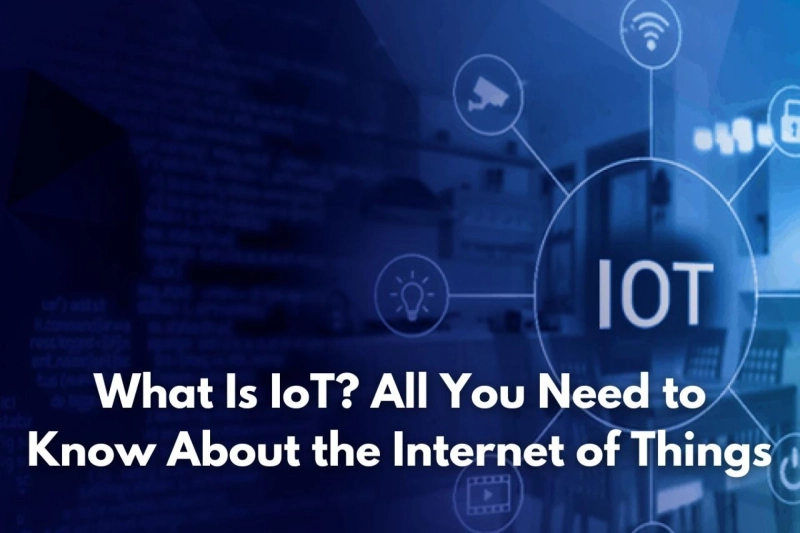The Internet of Things (IoT) is a revolutionary concept that has rapidly transformed the way we live, work, and interact with our surroundings. It refers to the network of interconnected devices that communicate and share data with each other, creating a seamless and intelligent environment. Let's delve into what IoT is, its components, and the profound impact it has on various aspects of our daily lives.
Understanding IoT:
At its core, IoT is a network of physical devices embedded with sensors, software, and connectivity features, allowing them to collect and exchange data. These devices can range from everyday household items like refrigerators and thermostats to industrial machinery and vehicles. The key element of IoT is the ability of these devices to communicate and share information, creating a network that enables automation, data analysis, and informed decision-making.
Components of IoT:
Devices and Sensors: The foundation of IoT lies in the devices themselves, equipped with sensors to gather data. These sensors can measure various parameters such as temperature, humidity, location, and more.
Connectivity: IoT devices use different connectivity options like Wi-Fi, Bluetooth, cellular networks, or Low Power Wide Area Networks (LPWAN) to transmit data to the cloud or other connected devices.
Data Processing and Cloud Computing: The collected data is processed and stored in the cloud, where advanced analytics and machine learning algorithms can derive meaningful insights.
User Interface: Users interact with IoT devices through applications or interfaces that allow them to control and monitor connected devices remotely.
Impact on Daily Life:
Smart Homes: IoT has transformed homes into smart, interconnected environments. From smart thermostats that adjust temperatures based on user preferences to security cameras that can be monitored remotely, IoT enhances convenience and security.
Healthcare: In healthcare, IoT plays a crucial role in remote patient monitoring, wearable devices that track health metrics, and smart medical devices that provide real-time data to healthcare professionals for better decision-making.
Transportation: IoT is reshaping the transportation industry with connected vehicles, enabling features such as predictive maintenance, real-time navigation, and autonomous driving.
Industrial IoT (IIoT): Industries leverage IoT for predictive maintenance, monitoring equipment performance, and optimizing manufacturing processes, leading to increased efficiency and reduced downtime.
Agriculture: Smart farming practices use IoT for precision agriculture, monitoring soil conditions, and optimizing irrigation, contributing to sustainable and efficient farming.
Challenges and Considerations:
While IoT brings numerous benefits, it also presents challenges. Security and privacy concerns are paramount, as interconnected devices create potential vulnerabilities. Standardization of protocols and ensuring interoperability among various IoT devices remain ongoing challenges.
Future of IoT:
The future of IoT is promising, with ongoing advancements in technology. The integration of 5G networks will enhance connectivity, enabling faster and more reliable communication. Edge computing will become more prevalent, allowing data processing to occur closer to the source, reducing latency.
In conclusion, the Internet of Things is a transformative force, connecting the physical and digital worlds in unprecedented ways. As IoT continues to evolve, its impact will extend across industries, shaping how we live and work. Understanding the basics of IoT provides a glimpse into the technological revolution that is defining our connected future.


